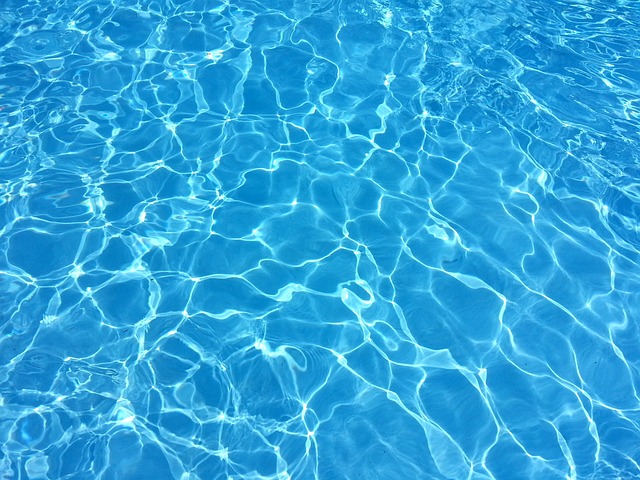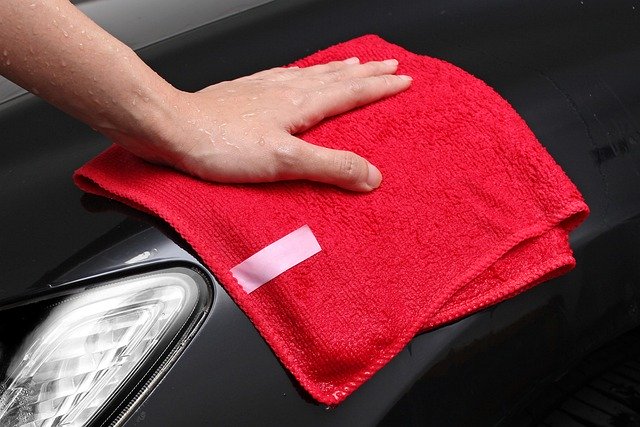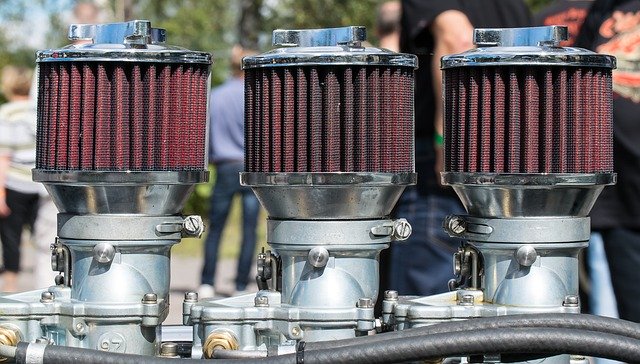Owning a swimming pool can be a wonderful luxury, providing countless hours of enjoyment and relaxation. However, to keep your pool sparkling clean and inviting, regular cleaning and maintenance are essential.
In this ultimate guide to cleaning and maintaining your swimming pool, we will delve into the key steps and techniques to help you maintain a pristine swimming pool. From basic cleaning tasks to water chemistry and equipment maintenance, we’ll cover it all. So, let’s dive in and discover how to keep your pool in top shape!
Table of Contents
Understanding Pool Water Chemistry

Maintaining proper water chemistry is crucial for a safe and enjoyable swimming experience. Here’s what you need to know:
- Testing and Balancing Chemical Levels:
- Regularly test the water using a reliable pool testing kit.
- Adjust the pH level to ensure it falls within the ideal range of 7.2 to 7.6.
- Maintain the appropriate chlorine levels to prevent algae growth and ensure water sanitation.
- Monitor alkalinity and calcium hardness to prevent corrosion or scale buildup.
- Shocking the Pool:
- Shocking the pool involves adding a higher concentration of chlorine to eliminate contaminants and restore water clarity.
- Follow the recommended shock treatment dosage based on the size of your pool.
- It’s best to shock the pool during the evening to allow the chlorine to work overnight.
- Using Algaecide:
- Algaecides help prevent and eliminate algae growth, which can turn your pool water green and make it uninviting.
- Choose a suitable algaecide based on the type of algae present in your pool.
- Follow the manufacturer’s instructions for dosage and application.
Basic Pool Cleaning Tasks
- Skimming and Removing Debris:
- Use a pool skimmer net to remove leaves, insects, and other debris floating on the water’s surface.
- Regularly empty the skimmer basket to maintain proper water flow and prevent clogging.
- Check and clean the pool’s hair and lint strainer to prevent blockages in the filtration system.
- Vacuuming the Pool:
- Vacuuming helps remove dirt, sediment, and debris that have settled on the pool floor.
- Choose between manual, automatic, or robotic pool vacuums based on your preference and budget.
- Pay special attention to hard-to-reach areas, such as corners and stairs.
- Brushing the Walls and Tiles:
- Brushing the pool walls and tiles helps prevent algae growth and removes stains or scale buildup.
- Use a pool brush with appropriate bristles for your pool’s surface, whether it’s concrete, fibreglass, or vinyl.
- Pay extra attention to areas with poor circulation, such as behind ladders or in corners.
10 Top Reasons to Hire a Professional Cleaning Service
How to Maintain Pool Equipment
- Cleaning the Filter:
- The pool filter plays a crucial role in keeping the water clean and clear.
- Depending on the type of filter (sand, cartridge, or DE), follow the manufacturer’s instructions to clean or replace the filter media.
- Backwash a sand filter or rinse a cartridge filter regularly to remove trapped debris and ensure optimal filtration.
- Checking and Maintaining the Pump:
- The pool pump circulates water through the filtration system, aiding in cleaning and sanitization.
- Inspect the pump regularly for any signs of leaks, unusual noises, or decreased water flow.
- Clean the pump’s strainer basket and remove any debris to prevent damage and maintain proper operation.
- Inspecting and Repairing Pool Tiles and Liners:
- Cracked or damaged tiles and liners not only affect the pool’s appearance but can also lead to leaks and further damage.
- Regularly inspect the tiles and liners for any signs of wear, cracks, or loose pieces.
- Repair or replace damaged tiles and liners promptly to prevent costly repairs down the line.
Seasonal Pool Maintenance
- Opening the Pool for the Season:
- Before opening your pool for the summer, remove the cover and clean it thoroughly.
- Inspect the pool for any winter damage, such as cracks or leaks, and address them accordingly.
- Test and balance the water chemistry to ensure a safe and healthy swimming environment.
- Winterizing the Pool:
- Properly winterizing your pool protects it from freezing temperatures and reduces the risk of damage.
- Clean the pool, balance the water chemistry, and lower the water level before covering it.
- Use a pool cover designed for winter protection to keep debris out and prevent the growth of algae.
Additional Tips for Pool Maintenance
- Regularly check the water level and maintain it within the recommended range to ensure proper skimming and filtration.
- Clean the pool deck and surrounding area to prevent dirt and debris from entering the pool.
- Trim trees and bushes near the pool to minimize the amount of leaves and debris falling into the water.
- Consider investing in a pool maintenance schedule or hiring a professional pool service for regular upkeep.
- Keep a log of your pool maintenance activities and water test results to track trends and detect potential issues early.
Conclusion
Cleaning and maintaining your swimming pool requires a combination of regular cleaning tasks, proper water chemistry, and equipment maintenance. By following the steps outlined in this ultimate guide, you can ensure that your pool remains a refreshing oasis throughout the swimming season. Remember, a clean and inviting pool not only enhances your enjoyment but also ensures a safe and healthy environment for everyone. So, dive into the world of pool maintenance, and make a splash with a beautifully maintained swimming pool!










